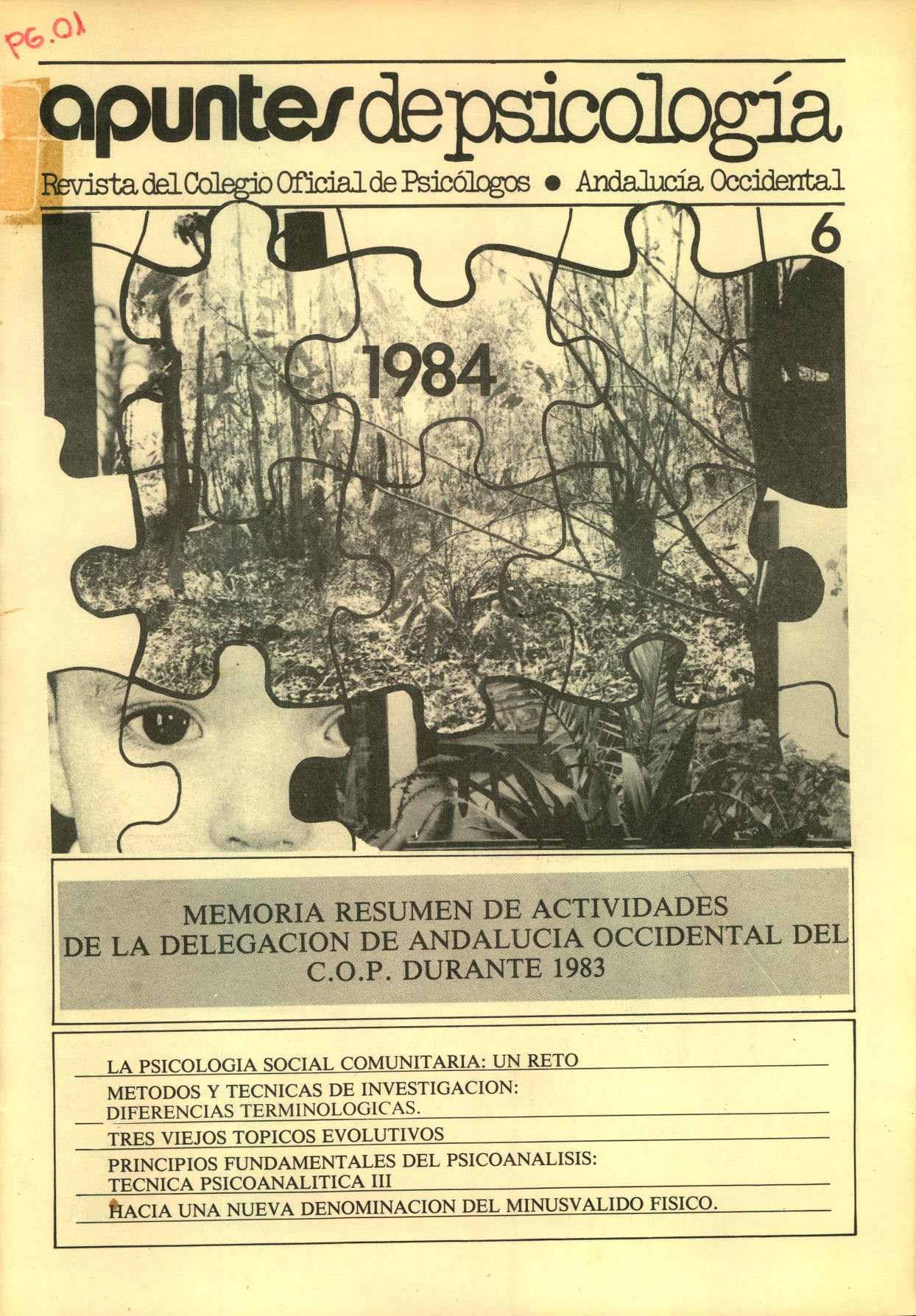Psychoanalytic Technique (III). The therapeutic alliance
DOI:
https://doi.org/10.55414/ap.v2i6.931Keywords:
.Abstract
For an analysis to be effective, it is essential that the patient establish with their psychoanalyst, in addition to the phenomena of transference that we will consider in another article, a relatively conscious and rational relationship: what E.R. Zetzel termed the ‘therapeutic alliance,’ R.R. Greenson the ‘working alliance,’ L. Stone ‘mature transference,’ and O. Fenichel ‘rational transference.’
This therapeutic alliance began to be regarded as essential by the aforementioned E.R. Zetzel and shortly thereafter by L. Stone, who distinguished it with relative precision from transference. S. Freud never used a similar expression, but he clearly referred to the therapeutic alliance when discussing ‘positive transference’; he stated that transference phenomena should not be analysed “before a usable transference, a full-fledged rapport, has been established in the patient. The primary goal of treatment is always to bind the patient to the cure and to the doctor. To achieve this, one must not give the patient time.
Downloads
References
.
Downloads
Published
Issue
Section
License
Copyright (c) 2021 APUNTES DE PSICOLOGÍA

This work is licensed under a Creative Commons Attribution-NonCommercial-NoDerivatives 4.0 International License.


























